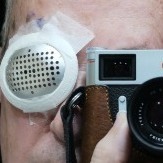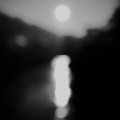DSLR v Plustek: Compare and contrast
-
Recently Browsing 0 members
- No registered users viewing this page.
-
Similar Content
-
- 32 replies
- 1,334 views
-
- 4 replies
- 401 views
-
- 63 replies
- 6,633 views
-
- 9 replies
- 329 views
-
- 2 replies
- 350 views
-



Recommended Posts
Join the conversation
You can post now and register later. If you have an account, sign in now to post with your account.
Note: Your post will require moderator approval before it will be visible.